
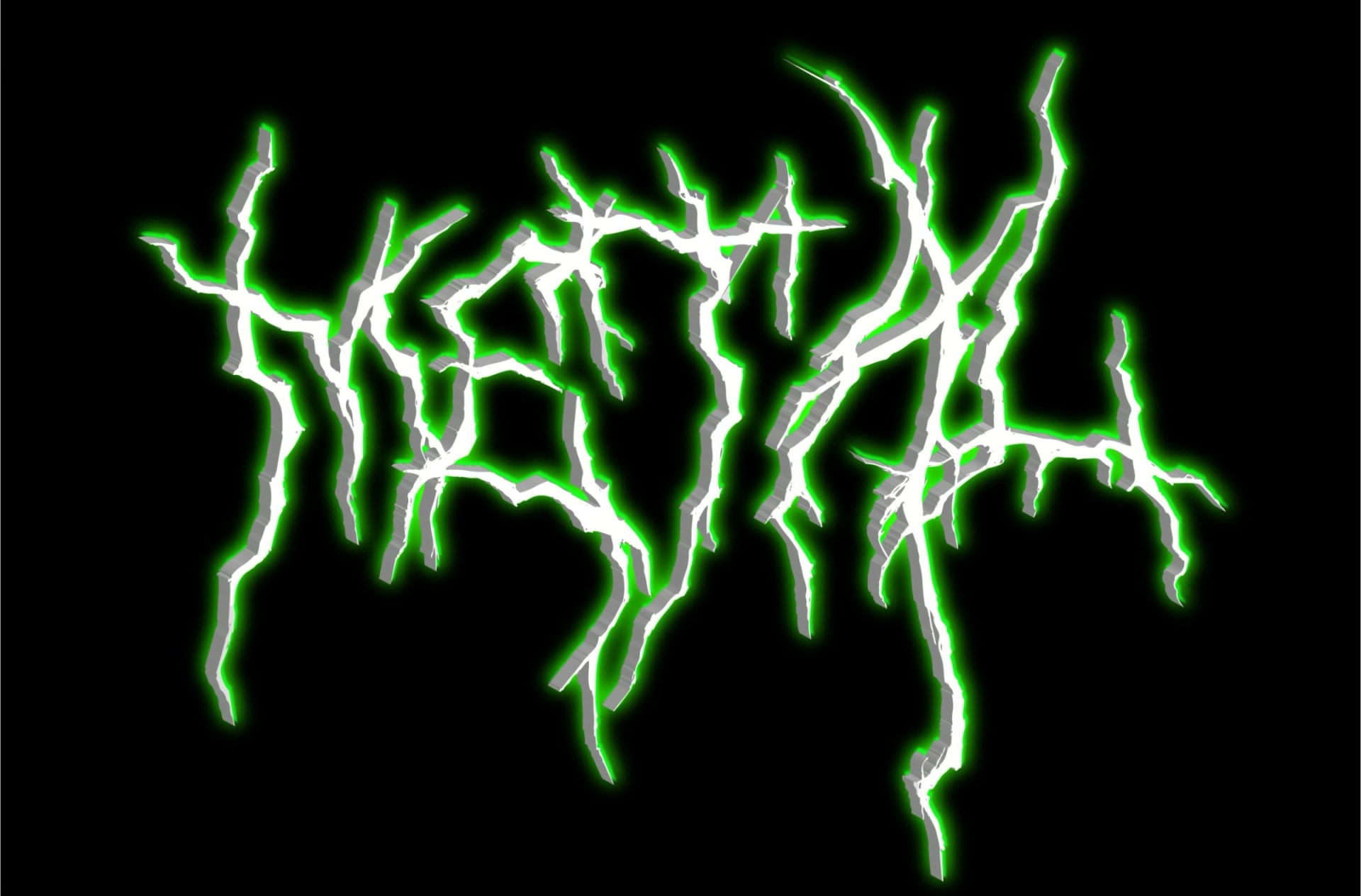
The Rise of Heavy Metal In Electronic Music
In the last few years, DJs and producers have been sublimating their societal anxieties into blood-curdling vocals, grating distortion, and pummeling blast beats.
“Everyone I know that works in nightlife used to be a scene kid,” a friend once divulged. It makes a lot of sense: under the surface, electronic music and the emo and metal that once likely filled the iPods and mix CDs of many of the world’s DJs and artists actually have a lot in common. Historically, both have been safe havens for kids to funnel their angst into and fertile grounds for artists to speak to their tumultuous everyday surroundings through aggressive, destructive sounds.
Hardness in music—whether communicated through hardcore dance music’s pounding assault of kick drums and screeching synth leads or black metal’s blast beats and howling vocals—represents a realistic reflection of society’s overwhelming sense of anxiety and a tendency towards subverting this reality. In a world where young people feel increasingly suffocated by climate change, the polarizing political sphere, lack of financial opportunity, and much else, it’s no wonder artists are gravitating toward sounds that can be both escapist and confrontational. For a while, these genres remained sequestered to separate subcultures that rarely cross-pollinated creatively, but for a new generation of electronic artists for whom the internet has been a vital hub for exchange and hybridization, this separation has run its course.
With this in mind, it shouldn’t really come as a surprise that the gnarled logos that have adorned metal band tees and album covers for decades are now showing up on club, experimental, and even ambient releases. In tandem, metal’s aggro, doomsday attitude has also started to pop up in the sets of some of the scene’s most forward-thinking performers. In 2012, Total Freedom released Blasting Voice, a compilation of some of experimental music’s most unique up-and-coming voices, including Chino Amobi (under the moniker Diamond Black Hearted Boy), Elysia Crampton (as E+E) and Nguzunguzu, with each presenting their own vision of the future of electronic music. Total Freedom’s own contribution to the project, however, might have been the most striking: “Beat to death (burned copy),” an edited live recording of layering and crescendoing metal blast beats.
Since Blasting Voice’s release, it wasn’t uncommon to hear a club DJ slip the cheeky metal breakdown in mid-set. Whether it was initially some sort of punk statement intended for pure shock value, these bait-and-switch moments ended up being some of the most memorable seconds of a night out, when the rigid lines of the club atmosphere disappear, if only for a few seconds, to let some chaos in. In the 2010’s, abusing metal tropes wasn’t just a testament to how far DJs were willing to step out of the confines of traditional club music; crowds also loved it, and it solidified a connection that has continued to mutate and coalesce for the last several years, influencing the ways that artists would edit—and eventually produce—tracks.
By loading the content from Bandcamp, you agree to Bandcamp's privacy policy.
Learn more
In the last year, this progression has come to a head, with a string of releases illuminating the strength of this intersection. Some have come seemingly out of nowhere, like the most recent release from West Mineral Ltd., the label helmed by American experimental artist Huerco S. While the majority of the collective’s output has been centered around cavernous, murky ambient, their latest (which is lovingly cataloged OUEST666) features four of the label’s mainstays—Special Guest DJ, exael, Pontiac Streator, and ulla—banded together as “cybergrind” outfit virtualdemonlaxative.
True to its hybridized genre tag, the record’s metallic surroundings and grating distortion were punctuated by an assault of grotesque, animalistic screeches and groans you would expect from grindcore forebearers Napalm Death. From a team of producers that usually dwell in the recesses of meditative, dissociated textures, virtualdemonlaxative feels like a violent punch in the gut. With little explanation from the group or label, this sudden eruption of blood-curdling “anti-Christian, anti-cop cybergrind” evil only leads to one conclusion: that the rage of virtualdemonlaxative was hiding somewhere deep underneath the warm layers of ambience in every West Mineral Ltd. release, and maybe we were just too anesthetized to see it.
By loading the content from Bandcamp, you agree to Bandcamp's privacy policy.
Learn more
On the other side of the spectrum, groups like Amnesia Scanner have been fortelling this shift for quite some time. Once known for their string of experimental releases, which have been tagged as everything from “avant-EDM” to “doombahton,” they’ve been steadily progressing toward something with a much wider scope, culminating in their latest opus, the pop-slash-stadium-metal album Tearless, which released on PAN last month. On the LP and in its accompanying live performance, Anesthesia Scammer, according to the album’s description, “the walls of the nightclubs, galleries, and institutions fall away and are replaced by full-scale theatrical productions complete with jumbotron stages, animatronics, and a surrealist costumed cast,” all of which come together to create a larger-than-life dystopian narrative.
While the album has been lauded for its vocal pop and AI performances, it’s the project’s heavy metal dirges—especially “AS Flat,” a collaborative effort with metalcore outfit Code Orange—that paint the most convincing images of falling buildings, ruined institutions, and ensuing chaos. While other efforts at this intersection have hybridized metal and electronic forms or played on its transcendent nihilistic qualities, Amnesia Scanner’s vision is a hyperbolized caricature, meme-ified version of metal and electronic music’s shared landscape. From the cartoon bubble lettering and twisting, surreal images of noxious clouds on the album’s physical release to the dark carnival of their live show, complete with top hat and goggle-adorned metal guitarists, Tearless is an exercise in world building that shifts the attention away from the controlled atmosphere of the club and toward the unpredictable world outside.
The further you dig, the more these seemingly-random stylistic shifts start to make sense. Last year, HDMIRROR, who has hitherto been known for his aggressive, bleeding-edge reconstructions of gabber, hardstyle, and trance, released “LOOKS LIKE RAIN,” an atmospheric track that, despite its lack of any recognizable instruments, is undeniably black metal. You’d be forgiven for seeing this move—especially given the accompanying video’s barrage of strobing metal band logos, which he admits don’t actually say anything, as they’re composed from “nonsensical digital noise”—as a purely aesthetic choice, but his history with the genre goes back much further. Though he makes it clear he is “100% not connected” to black metal’s satan worshipping, church burning forbearers, he connects with the genre’s new developments, listing one-man outfit Lurker of Chalice, “transcendental black metal” group Liturgy, and Californian blackgaze band Deafheaven’s seminal album Sunbather as key influences. “I like the stuff with an ambient edge,” he says. For him, “It’s like hard ambient.”
Sampling screams and warping metal concert footage make his pivot into this realm seem drastic, but, much like in “LOOKS LIKE RAIN,” HDMIRROR hints that these elements have been lurking under the surface the entire time. “You can download the MIDI from any band’s track, then run it through any rave synth you want. The results can be quite interesting,” he notes, continuing, “Oneohtrix Point Never did the same thing on Garden of Delete, but with grunge rock.” Stripping metal’s riffs, melodies, and percussion of any aural or timbral cues leads to an approach that isn’t so much hybridization as it is injection, where someone listening to the final product may never be able to fully recognize the origin of the “sample” but will nonetheless “feel” it in a less tangible way.
He’s also quick to reference the peculiar connection between hardcore dance music and metal—how they tend to coincidentally pop up in the same places. He breaks down one of his favorite recent movies, Heaven Knows What, Josh and Benny Safdie’s (the same guys who made Good Time and Uncut Gems) film about a heroin-addicted girl in New York. “She’s a homeless heroin addict, and there’s a scene where she’s just sitting in the library listening to Burzum. I don’t know exactly what, but it communicated something. It gave the movie a hard edge. Then, in the same movie, they’re blasting hardstyle.” It’s difficult to tell exactly what makes this overlap feel so obvious, why both genres can perfectly soundtrack adolescent discord. At the end of the day, he says, “It’s this abstract kind of primal scream, which is often what music is about. It’s about release.”
It’s this primal scream—and it’s accompanying outpouring of emotion—that also form the foundation of Dis Fig’s debut album, PURGE, released last year on New York label PTP (and covered in depth in this feature). Moving on from the club edits she’d become known for as a prominent figure in Berlin’s experimental dance music scene, Dis Fig’s PURGE is characterized by twisted industrial electronics, grating noise, and visceral screams—an album made in isolation in reaction to an overwhelming sense of detachment from the tumultuous events in the United States. On her embrace of these sounds, she says, “It was really my effort to get it out and kind of conquer all these things. It relates to being younger and finding an exit for all of this stuff in aggressive forms of music.”
Though she’s quick to point out that she doesn’t have a direct connection to the capital-M metal scene, Dis Fig finds common ground with PTP labelmate City—who laces his history as a metal guitarist into his electronic releases—and experimental metal group The Body, whose music, especially their collaborative album with dark ambient composer The Haxan Cloak, accentuates the weight of metal’s heaving low-end drones and cathartic atmospheres. She draws a connection between drone metal’s enveloping walls of sound and the warm bassweight of early dubstep, saying, “Making the album and having all of these heavy feelings, I was listening to a lot of stuff like Earth and Sunn O))), really low stuff, because it elicits this physicality. You’re able to exist in this dark place that’s still really comforting because the bass is there. It’s like a weighted blanket. It allows you to bathe in this pool of somber emotion.” And while there might not be any shredding guitars on PURGE, she admits, “It’s definitely the feeling and my idea of what I want metal to be.”
Another driving force that’s made her distance herself from the digital sheen of the electronic scene is the sense of community she felt as a teenager going to punk and hardcore shows: “It has to do with a DIY kind of energy, not having everything glossified. There’s no border between the performer and the listener. It’s a back and forth conversation, and there’s a lot of physical connection. It’s personal. The blood, sweat, and tears that was put into the music is being laid out right in front of you,” she says.
For Dis Fig, music that fosters this physically- and emotionally-intimate crowd-performer relationship creates a sense of intense, communal catharsis—something that she’s struggled to find anywhere in the Berlin scene. As a DJ, she would lace metal tracks into her sets, saying “I definitely fuck with throwing in something thats totally out of the club realm. I would play The Body or Full of Hell, and I think I even played Static X in the club, too.” She sighs, then continues, “But at the same time, a lot of people just play reggaeton remixes of Linkin Park. And the novelty of that wears off pretty quickly.”
Since PURGE’s release, her performances have become increasingly confrontational. During Thegn’s set at the Absurd Trax label showcase during Berlin’s CTM festival, Dis Fig and bod [包家巷] grabbed mics before barreling into the crowd, forcing fans out of their mechanical two-step. There were more than a few flustered faces, and many retreated into the venue’s periphery, but within a few minutes, they created something I never thought I’d see: a proper mosh pit in the middle of Berghain. It was a level of aggression usually unheard of in the club sphere, where many of us were left pummeled, yet purified by the end of the night.
While the club—and the electronic scene in general—is undeniably home to a hedonist, escapist attitude, the proliferation of these sounds offers an opportunity for the opposite: a safe space for contemplation and confrontation, where people can come together and experience that sense of collective catharsis through pulverizing music. “That’s the difference between the typical kind of Berlin clubbing and the type of thing that we’re yearning for,” she says.
Additional art work by Sofia Apunnikova
Published July 30, 2020. Words by Zach Tippitt.

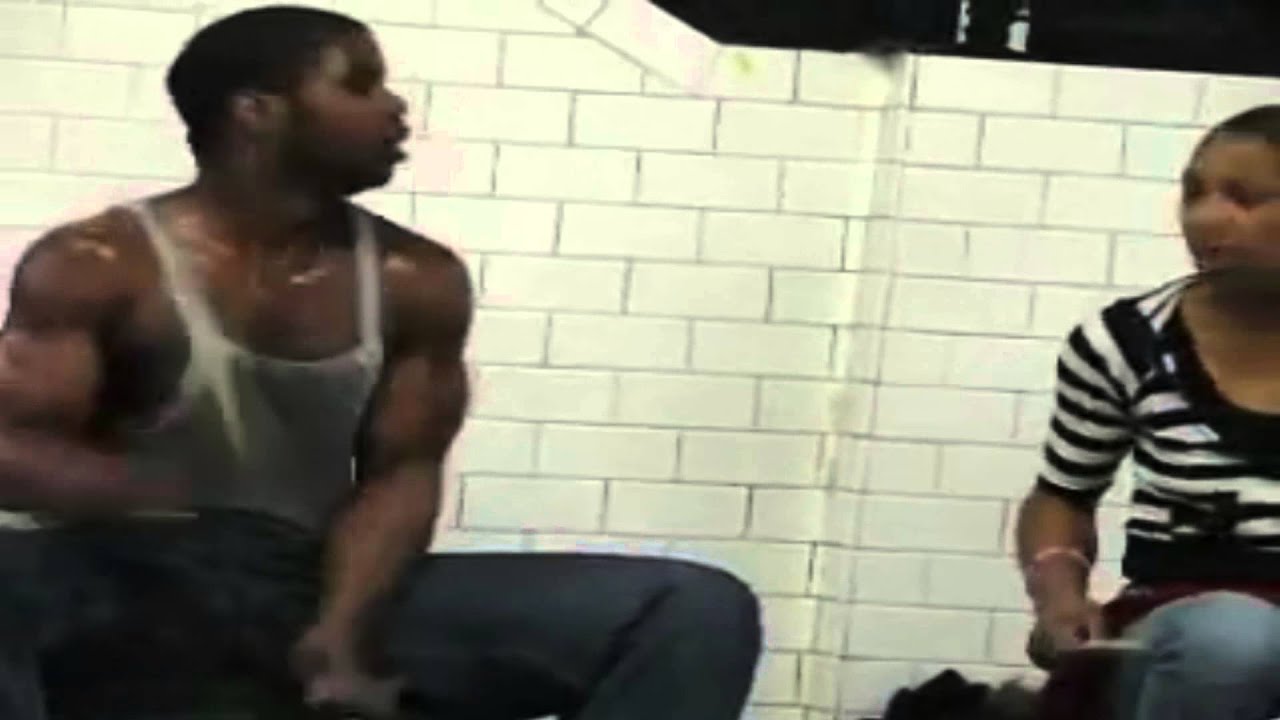
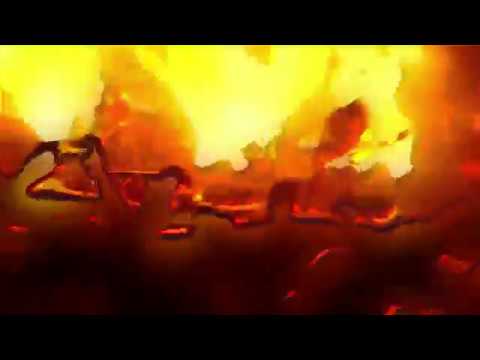
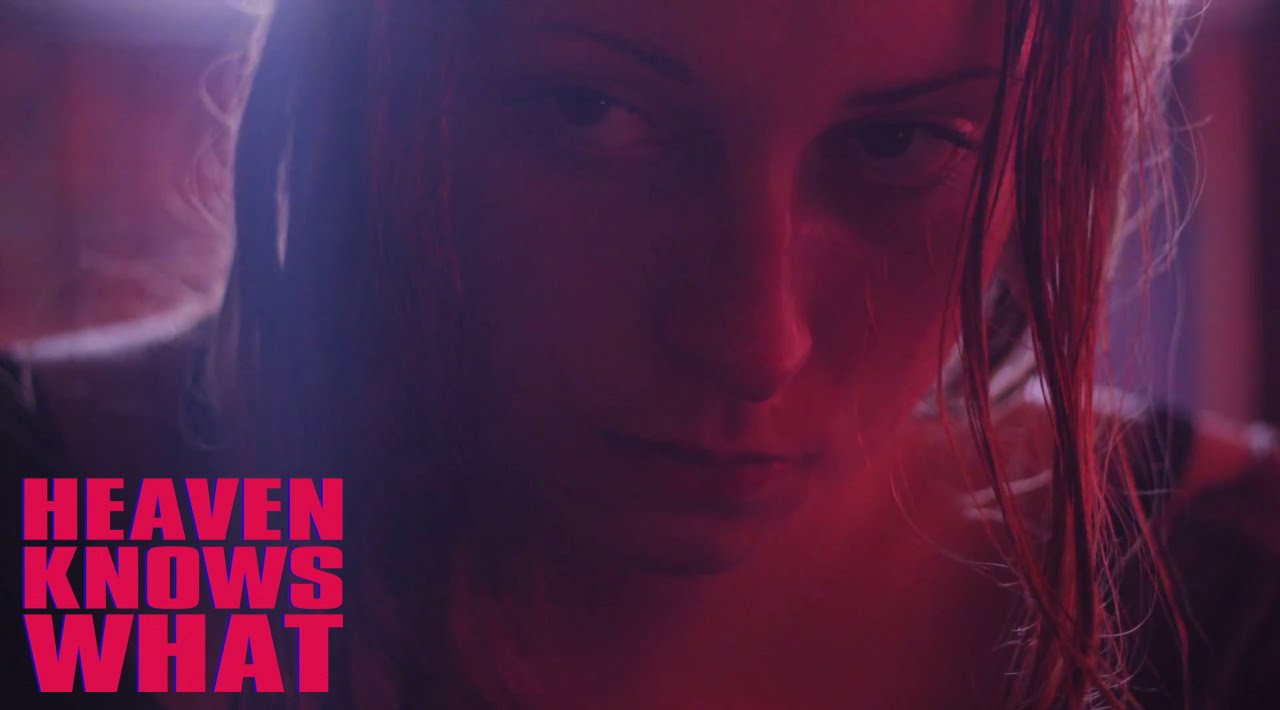
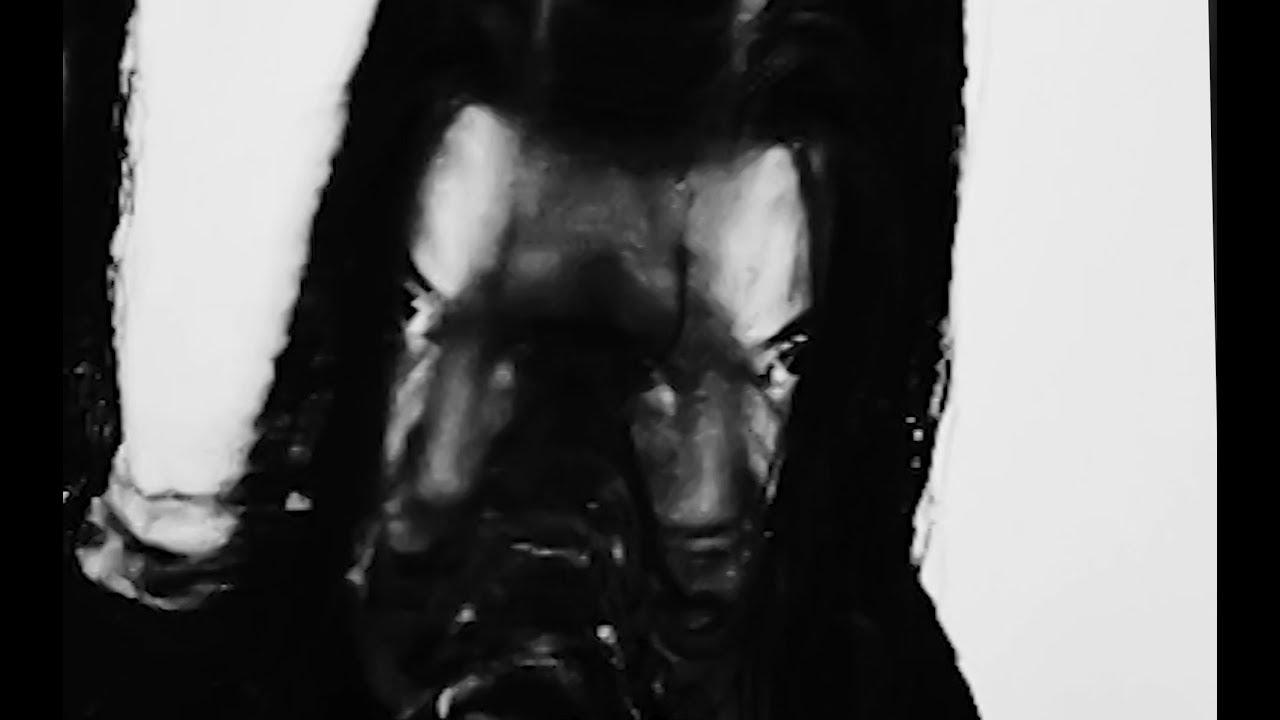




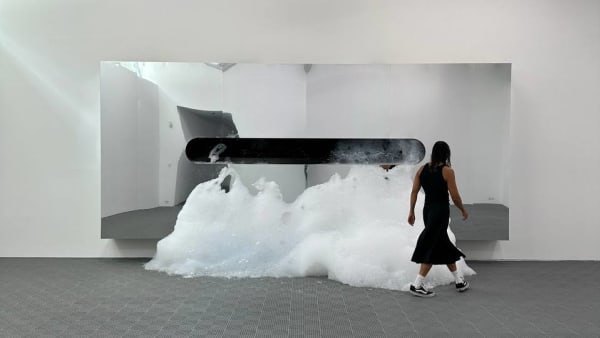
Follow @electronicbeats